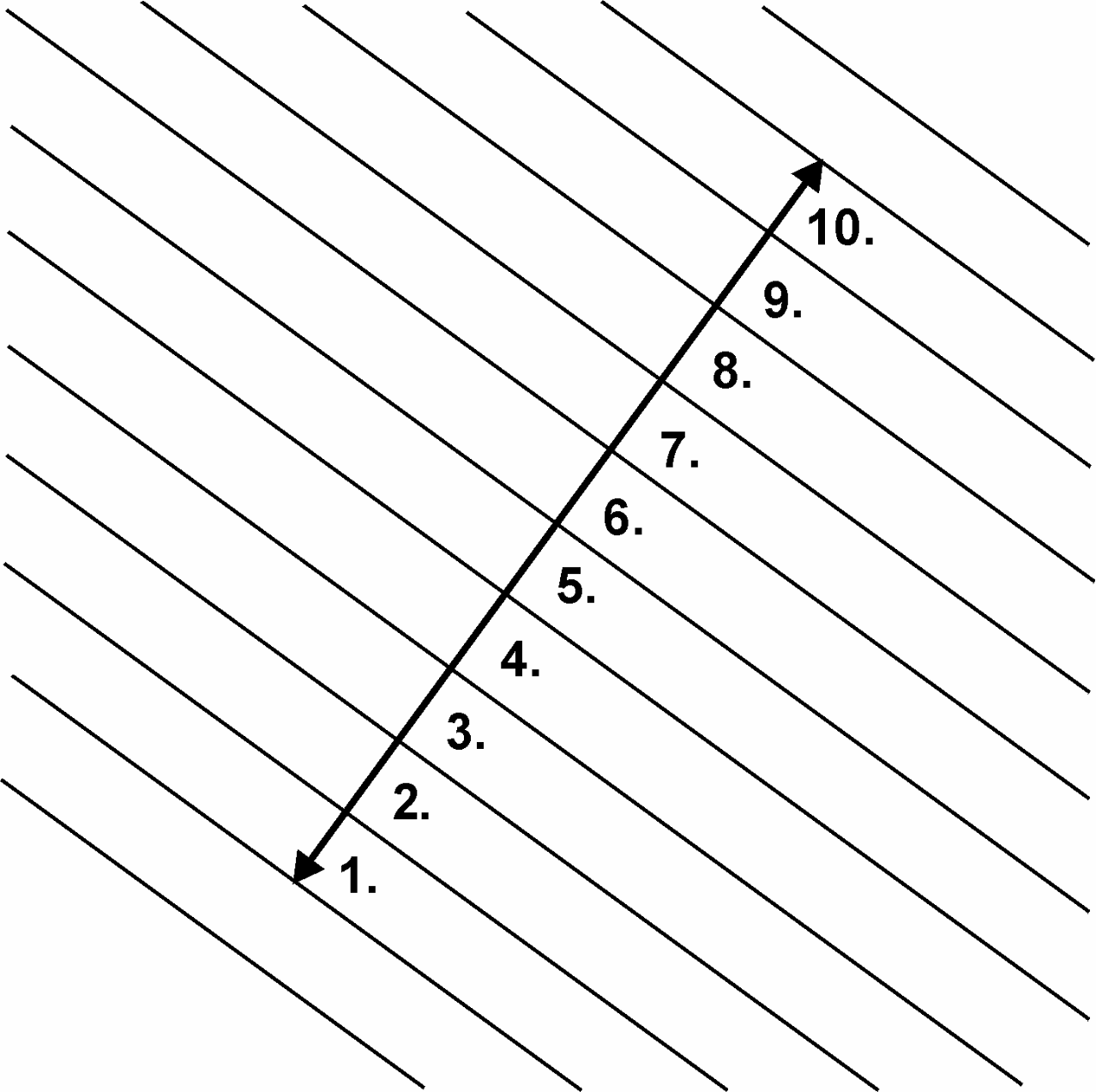BATTEN SYSTEM INFORMATION
General Conditions | Sport
D 1.2
D 1.2
Figur 1
D 1.0 General information
D 1.2 Batten System Information Specifier's Information Laying Instructions
INTRODUCTION
This data sheet describes the general conditions for specification of Junckers Batten Sports Floor Systems, see Fig. 1.
Junckers batten sports floor systems fully conform to EN 14904.
BATTEN TYPE
Prefabricated substructures for Junckers batten sports floor systems consist of battens of high-quality laminated wood with a moisture content of typical 8-10 %.
If the structure includes resilience pads or foam, these are pre-fixed to the battens from factory.
PACKINGS
Junckers wedge systems are used as packing/levelling material for substructures.
Type, placing and number of packing pieces are specified in the Specifier’s Information and laying instructions for each floor system.
LEVELNESS OF THE SUBCONSTRUCTION
Battens must be straight with no distortion.
After installation the top surface of the battens may deviate a maximum of 2 mm from flat level under a 1.5 m straight edge (UK: 3 mm under a 2 m straight edge), both across and along the individual battens.
EXPANSION GAPS AT WALLS AND FIXED OBJECTS
The minimum expansion gap at walls and fixed objects must be 30 mm in order to allow for movement of the floor, but also to provide for ventilation of the substructure.
In the case of especially wide spans it may be necessary for a gap of more than 30 mm to be formed. This is calculated at 1.5 mm per m width at each side and 1mm per m length at each end of the floor.
For floors less than 10 m wide the minimum expansion gap size can be reduced to 15 mm.
The gap between wall and floor is covered with Junckers combi sports skirting.
10-BOARD RULE - MINIMIZE STRESS AND GAPS
In order to minimize stress or gaps in the floor due to fluctuations in the environmental conditions within the building, the boards must be laid according to a 10‑board rule.
This indicates the measurement of 10 boards when laid and should be checked continuously during the installation and afterwards, see Fig. 2.
The measurement is achieved by inserting temporary spacers between the boards during the installation process.
The 10-board measurement is chosen on the basis of the expected maximum relative humidity in the building when in use throughout the year, see Fig. 3.
The size and location of the floor, i.e. ground floor or floor division, may also have an influence on the choice of the 10-board measure.
JUNCKERS J-NAILS
The J-Nail is a special developed flexible machine nail, size 2.2 x 45 mm, with a high shearing- and pull out strength, suitable for sports floors.
NAILING
Nailing must comply with the prescribed 10‑board rule. Secret nailing of boards is recommended, at an angle of 45° using Junckers machine J-Nails, see Fig. 4.
However, the outermost rows of boards must always be nailed from above.
Laying of floors more than 12 metres wide should always begin from the middle of the room, so as to minimize any movement of the floor.
THERMAL INSULATION AND PIPES IN THE SUBFLOOR
Several Junckers batten sports systems provide good opportunities to incorporate thermal insulation.
There must be sufficient ventilation between the underneath of the floor boards and the insulation. This to prevent fungal attacks in the flooring construction. All central heating, cold and hot‑water pipes under floors must be carefully insulated using at least 20 mm mineral wool or similar.
It must be ensured that there is a sufficient space between underneath of the floor board/batten and the pipe insulation to allow for unimpeded vertical movement of the floor, see Fig. 5.
MOISTURE PROTECTION
Concrete subfloors
At ground level and other upper levels, protection against moisture both from within the building and from the ground is required.
A moisture barrier is established by laying a damp-proof membrane, 0.20 mm PE membrane or 1000 g polythene, e.g. Junckers Moisture Barrier, directly on the concrete before laying out the battens, see Fig. 5.
The moisture barrier is laid with an overlap of 200 mm at all joints, continuing up walls, etc. All overlaps must be taped using 50 mm wide tape.
The residual moisture contained in the concrete or screed must not exceed 90% RH (UK: Concrete moisture max. 75% RH acc. to BS 8201, when checked by measurement).
Wooden subfloors
For renovation projects where new floor systems are laid on existing wooden subfloors, it must be ensured that the entire structure has been designed to the correct specifications regarding moisture. Usually, no additional moisture protection must be applied on top of the existing sports floor, as this may course the risk of fungal attacks in the subconstruction.
VENTILATION OF SUBFLOOR
In general, batten sports floor systems should be installed using skirtings with ventilation slots, to ensure adequate ventilation of the substructure. Moreover, to minimize the consequences of environmental fluctuations in the building as much as possible, the same climate should be maintained both above and below the floor surface.
The expected relative humidity range will usually be complied with through natural ventilation via the aforementioned ventilation slots. By natural ventilation we mean the air flow will be as a consequence of movement of the floor surface during normal sports activities.
In all circumstances it is important that the ventilation slots at the walls be retained and that the moisture-protection instructions are observed, see Moisture protection.
SERVICE
For more than 80 years Junckers has provided extensive service.
Junckers Technical Service Department and our network of service- and sales consultants are available with advice and guidance before, during and after floor‑laying.



